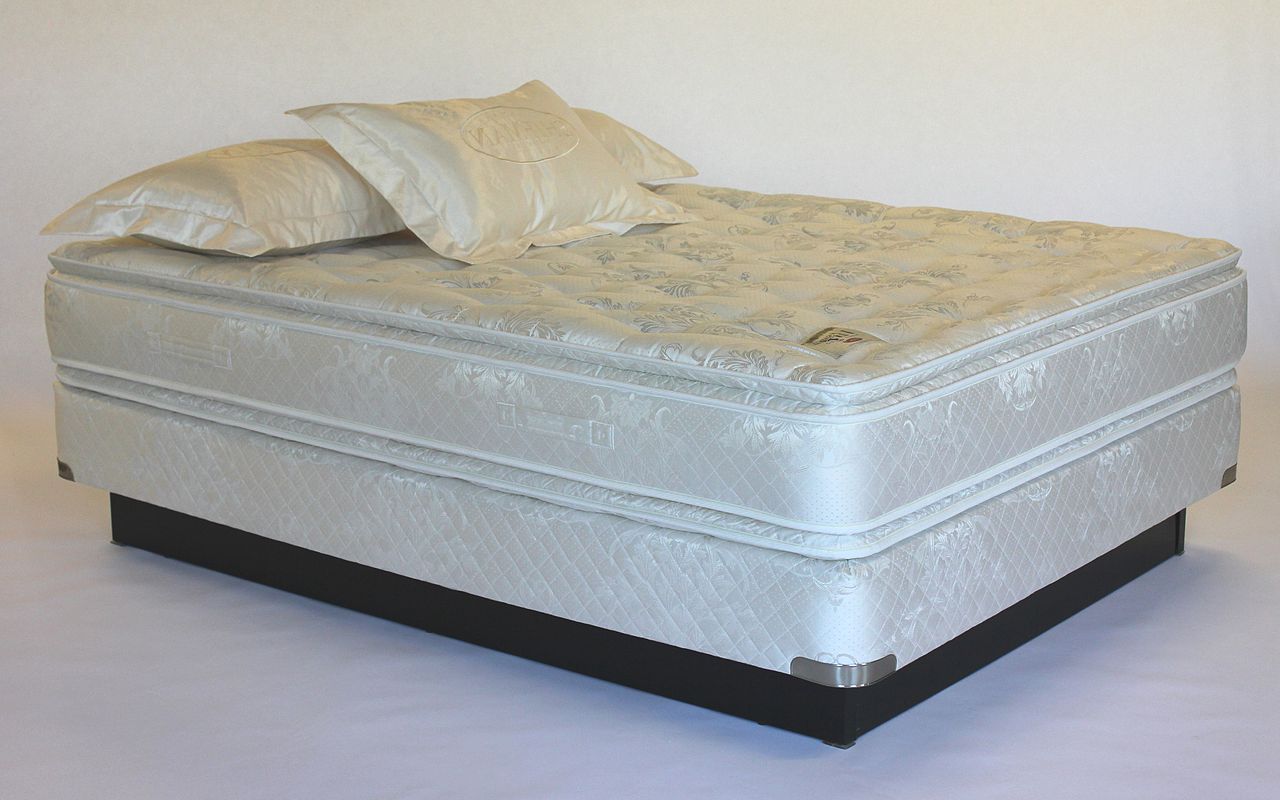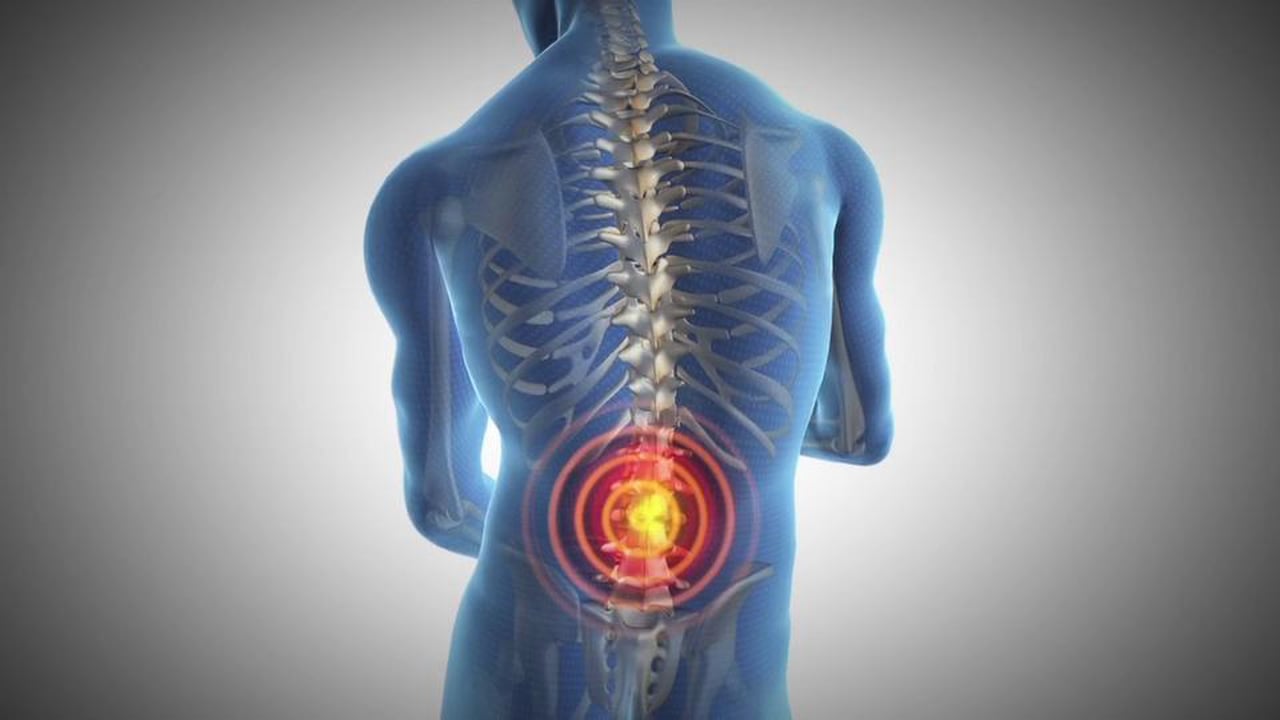
When you think about stretching parts of the body, you’ll most likely think: hamstrings, back, and hips. But there are many other parts of the body that benefit from a good stretch in addition to those traditional tight muscles.
These days, sports medicine experts have been paying a lot of attention to a part of the body that you may have never even heard of before: fascia.
Fascia is the fibrous connective tissue that wraps and supports bones, muscles, joints, ligaments, nerves, organs, and everything in-between. In order to keep active and to perform well as an athlete, it’s crucial to maintain good fascia health.
Fascial Stretch Therapy (FST) is an assisted stretching system that applies deep stretch work to the body’s fascia.
If you’ve injured yourself or are simply interested in strengthening and stabilizing your endurance, check out Sarah Mariano stretch and fitness — a team of Fascial Stretch Therapists based in Toronto who are dedicated to get you moving smartly and living fully.
Satisfied clients include the likes of WBFF Pro Fitness Model Hattie Boydle, actor Will Smith, NBA stars Steve Smith, Grant Hill, Serge Ibaka, and many other professionals in the NBA, NFL, CFL, PGA, MLB, MLS, and OHL.
Consider how regular Fascial Stretch Therapy can benefit your physical health and put you on a safe and painless road to recovery.
How does FST Work?
Fascial Stretch Therapists use gentle push and pull methods with clients’ limbs and body parts, creating a relaxing sensation that helps ease pain and tension.
It Provides a Fast Recovery
In addition to alleviating pain and soreness, FST increases blood flow to tired and weak muscles, helping clients to recover faster from tough training sessions.
Basketball legend Charles Barkley enjoys FST so much he made an online video about how it helped him get back into action.
It Improves Athletic Performance
Regular visits with your Fascial Stretch Therapists result in the ability to run faster, boost endurance, lift heavier, improve coordination, and increase flexibility. By working on all parts of the body, FST can help get your body back into shape gently and fast.
At home, incorporate these fives stretches into your daily fitness routine.
It Creates Resistance, Stability, and Relief
Stretching the fascia breaks up scar tissue and increases the range of motion in injured areas. FST is a facilitated stretch, meaning that a therapist carefully stretches your body as opposed to you stretching yourself.
In contrast to traditional forms of stretching, FST isn’t just focused on individual or groups of muscles. Instead it’s focused on how the lines and patterns of our fascial tissue interact with those muscles.
By following those lines and planes of fascial tissue, we achieve a greater range of motion with no pain or tension — all while producing high levels of relaxation and stretch.
Fascial Stretch Therapy improves flexibility by creating necessary spaces around each joint. Our bodies need a balance of stability and mobility and with the perfect measurement between the two, where the joints are completely stable throughout the range of motion you start to build a body that’s least susceptible to injury.
If you’re an athlete or an active individual who wants to live their best life and feel good, consider the benefits of Fascial Stretch Therapy today.








